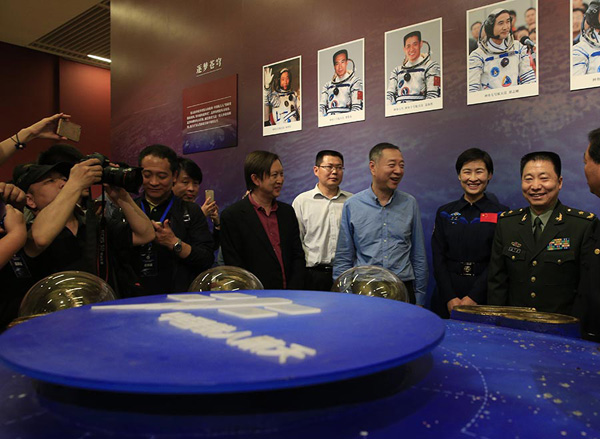9.4 mln students to sit China’s college entrance exam
A total of 9.4 million Chinese high school students will sit the 2017 national college entrance examination, known as the Gaokao, due to kick off Wednesday, the Ministry of Education said.
Some 3.72 million of these students are expected to enroll in undergraduate degrees following the examination, an increase of nearly 10,000 compared to 2016, according to the 2017 enrollment plan issued by the ministry.
The ministry has instructed local education departments to prepare for the upcoming exam, which generally lasts for two days, with some highly competitive regions adding a third day.
Emergency plans should be in place for extreme weather conditions, natural disasters and disease outbreaks that could occur during the exams, the ministry said.
Other measures include heat control and noise abatement in and around examination venues to create an optimal environment for students.
A report released by China Education Online, www.eol.cn, showed that the number of students taking the exam has declined from its peak of 10.5 million in 2008, and has remained stable at around 9.4 million since 2014.
The number is expected to remain steady or drop slightly in the future, due to various factors including a decrease in the school-aged population, the report said.



